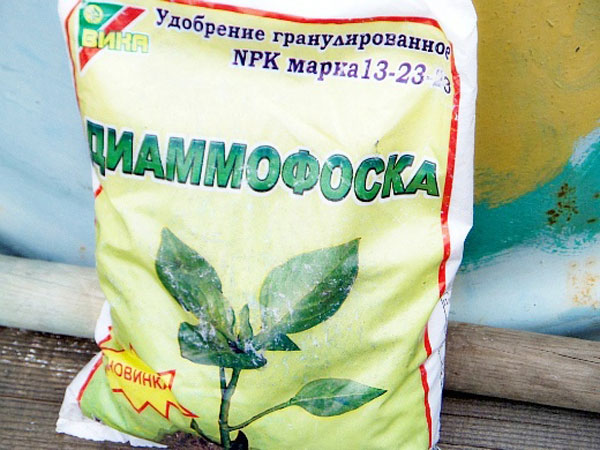
Mineral complexes are necessary for the proper and active growth of vegetables, fruits and berries. Fertilizer Diammofoska (diammonium phosphate), which has an effective and useful composition (nitrogen, potassium and phosphorus) has gained particular popularity among gardeners and gardeners.Fertilizer Diammofoska (diammonium phosphate) is considered one of the most important in the cultivation of various vegetables, fruits and berries, which are not susceptible to chlorine. The mineral composition contributes to the active and proper growth of a vegetable or fruit crop, and therefore to a rich harvest.
Content
Description of fertilizer and characteristics of Diammofosk
The composition of the mineral complex Diammofoska contains nitrogen in ammonia form. This factor guarantees optimal fertilizer characteristics, since the assimilation of beneficial substances by plants is guaranteed. A large amount of nitrogen enters the root system of vegetables, which accelerates growth and development.
Nitrogen is in the form of oxides, so it is successfully absorbed by the soil and soil. This complete assimilation guarantees a high level of fertilizer efficiency.
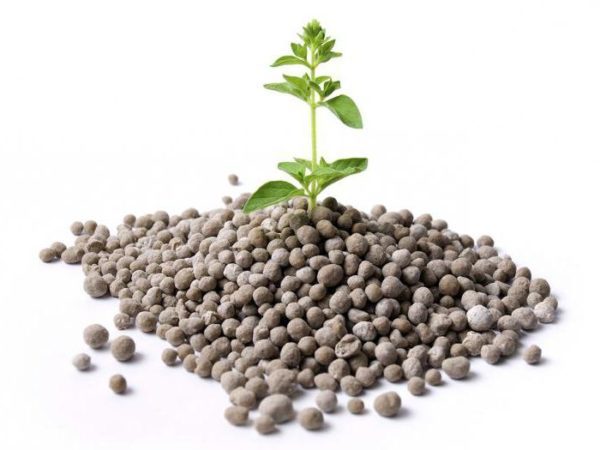
The composition of Diammofosk includes the most popular elements:
- nitrogen;
- potassium;
- phosphorus.
At the same time, nitrogen and potassium account for more than 70%, while 26% falls on phosphorus. According to the standard scheme, the following concentration of substances is assumed: 10:26:26. In this case, the first digit indicates nitrogen, the second phosphorus, the third potassium. However, if necessary, you can choose the option with the following concentration of the main components: 9:25:25.
Fertilizer composition
The composition of the fertilizer also contains the following useful substances:
- sulfur;
- zinc;
- magnesium;
- iron;
- calcium.
The content of the above components is distributed evenly.
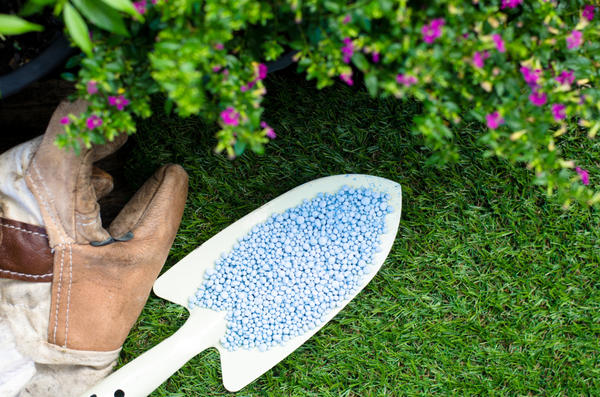
Diammofoska - application benefits
The benefits of fertilizer are quite compelling:
- uniform distribution of active substances guarantee the highest possible efficiency;
- universal application allows the use of the mineral complex in almost any situation;
- guaranteed increase in the shelf life of the crop.
Fertilizer popularity also contributes to additional benefits:
- the possibility of using the mineral complex for various types of soil;
- the possibility of adding soil in spring and autumn;
- affordable price;
- guaranteed safety for human health and the possibility of obtaining healthy vegetables;
- ease of use.
Fertilizer will show positive aspects only if used correctly.
Instructions for use Diammofoska
The use of Diammofosk fertilizer is lightweight, so even beginner gardeners and gardeners will cope with the task.
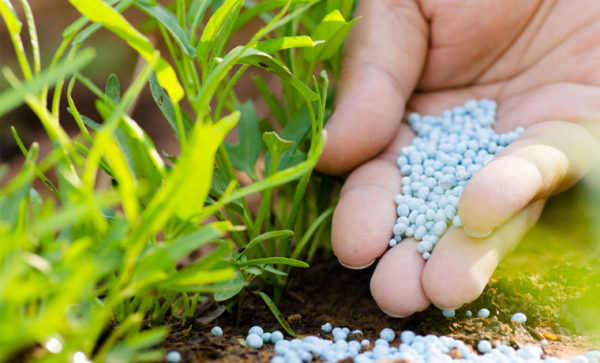
- Fertilizer can be applied in spring and autumn. It is recommended that you use a tablespoon per square meter.After adding the mineral composition to the soil, it is advisable to dig the soil.
- For fertilizing fruit trees and berry bushes, the dose should not exceed 2 teaspoons per square meter.
- To feed vegetables, use 1 - 2 teaspoons per square meter.
Such dosages are standard, but in reality they may vary slightly depending on the crops grown. After applying mineral substances, it is recommended to moisten the soil.
Fertilizer is used regularly in spring and autumn. It is recommended to use other fertilizers. For example, manure and chicken manure are used in spring, and mineral complexes are used in autumn.
Feeding Dosages
For potatoes
Fertilizer increases the yield and improves the consumer properties of potatoes. In addition, the possibility of further long-term storage of potatoes is guaranteed.
Diammonium phosphate is added when digging the soil before planting potatoes. In this case, 20 grams of granules per square meter are used.
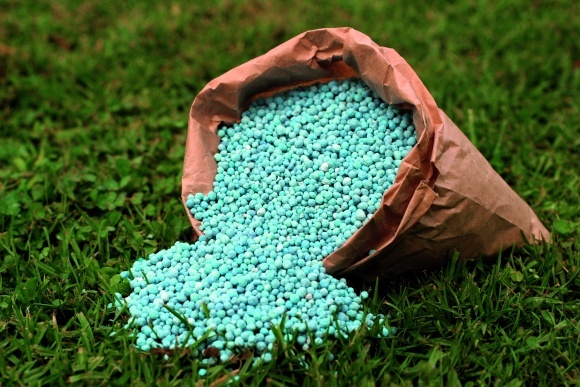
When planting potatoes, fertilizer is added to the wells. The optimal dosage is 5 grams per well.
For other cultures
Diammofosk fertilizer is ideal for almost all plants. It is most advisable to use the complex for cruciferous plants.
Optimal dosages for different crops:
- for cabbage: in the spring - 25 - 30 grams per square meter, in the fall - 30 - 35 grams;
- Tomatoes: 30 - 50 grams per square meter or 3 to 7 grams per well.
In each case, the dosage of the fertilizer must be taken into account. The use of the mineral complex is recommended for crops that negatively react to the use of chlorine. For this reason, diammonium phosphate is used for potatoes, cabbage and tomatoes, as well as for cucumbers, peppers, eggplant, strawberries, raspberries and cruciferous crops. The fertilizer is considered environmentally friendly and does not contain harmful impurities, so you can get a quality crop.
Security measures
When working with fertilizer, it is advisable to follow the classic precautions. First of all, you need to use a gauze bandage to protect the respiratory system, mittens and tight clothing - to protect hands and body. Without fail, after gardening, wash their hands with soap and water.
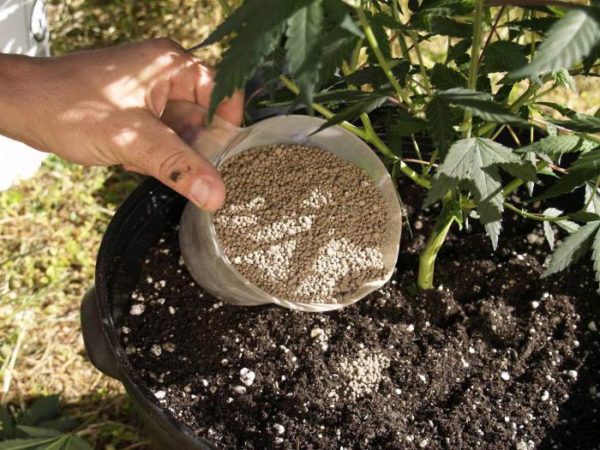
If there are complaints of well-being, it is recommended to consult a doctor.
Storage conditions
Basic requirements for storage conditions:
- indoors;
- optimal ventilation;
- storage in packages on wooden pallets;
- optimal storage temperature - 0 - 30 degrees;
- lack of moisture;
- shelf life - six months from the date of production.
Fertilizer must not be stored with food, feed for livestock or poultry.
After using the fertilizer, the container must be disposed of.
Reviews
The use of Diammofosk fertilizer in the garden is of interest to many beginners and experienced gardeners, since this nitrogen-based mineral complex is considered one of the most effective. The correct application of diammonium phosphate ensures the successful development of vegetable and fruit crops, berry bushes, thanks to which it is possible to obtain a rich and nutritious crop.

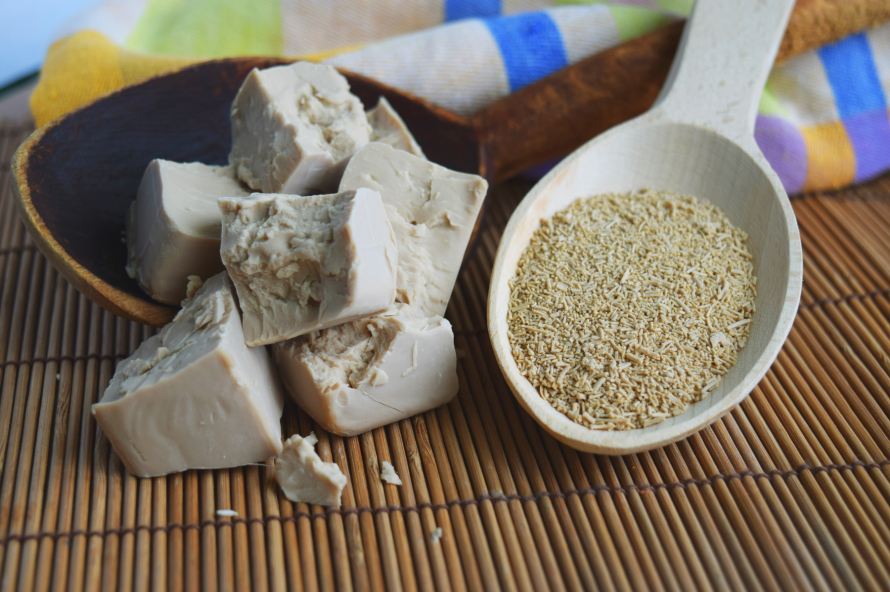
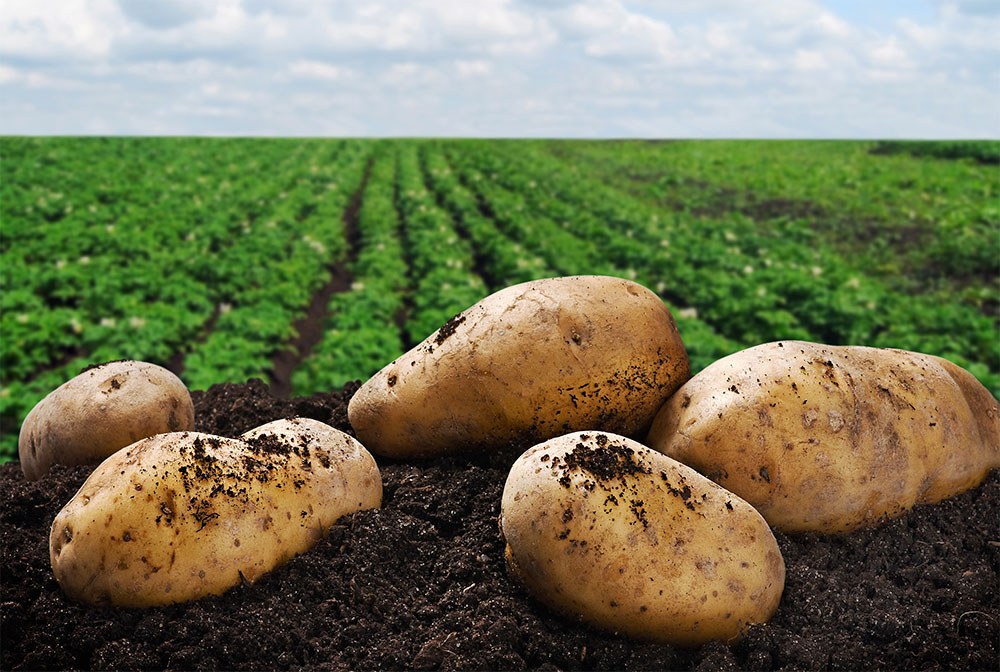
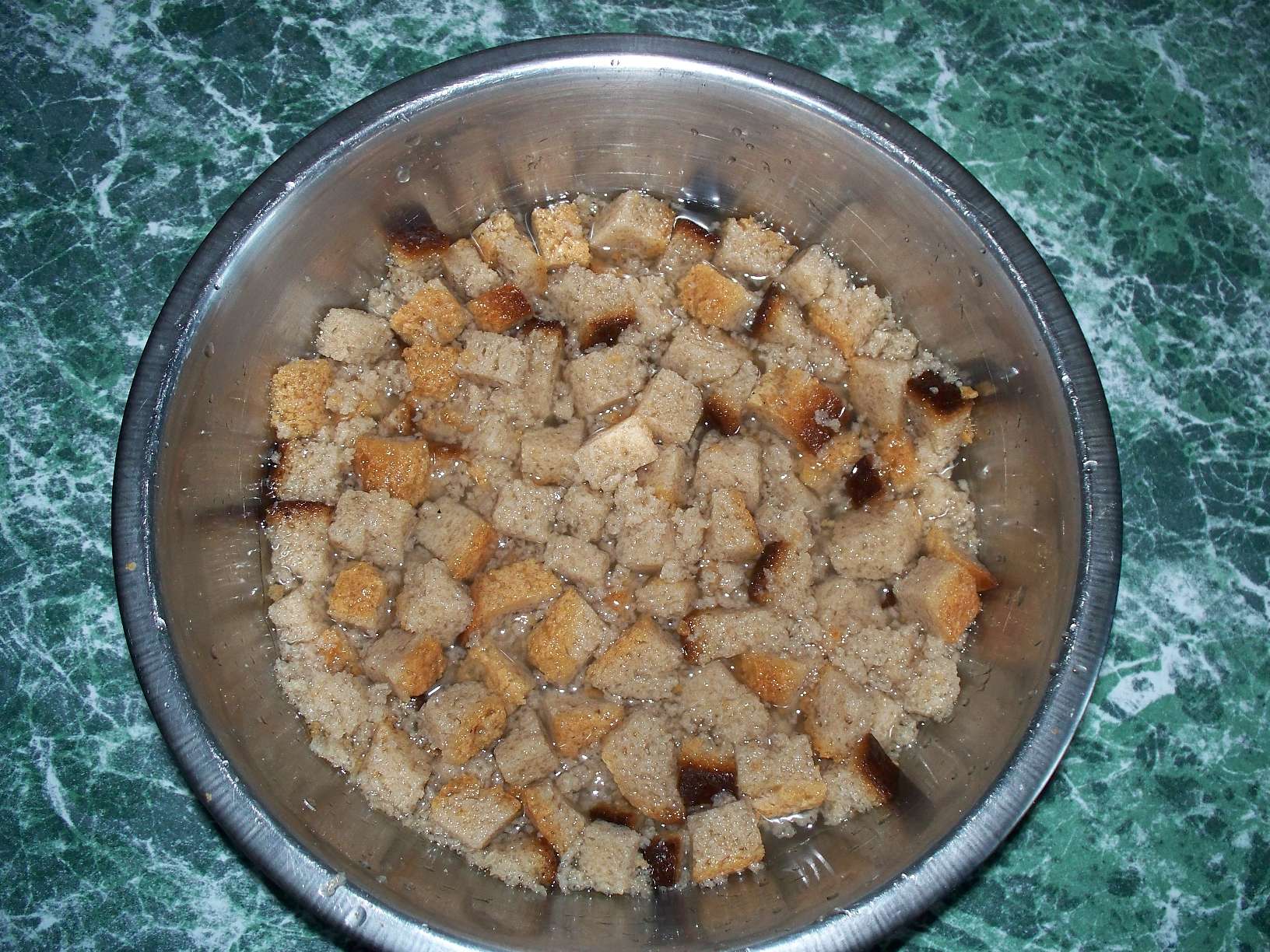
 Superphosphate: what is it and how to apply it
Superphosphate: what is it and how to apply it What problems can be expected from siderats?
What problems can be expected from siderats? Secrets of the collection, storage and use of eggshells in the garden
Secrets of the collection, storage and use of eggshells in the garden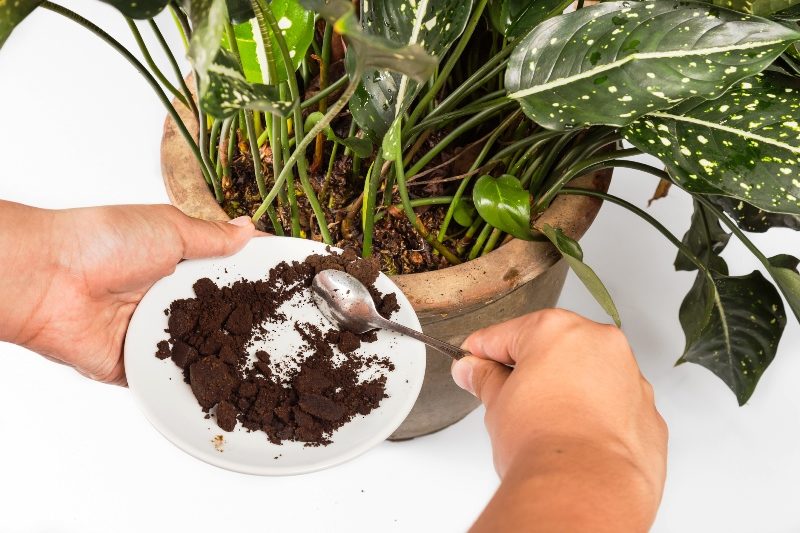 The most popular top dressing for indoor plants
The most popular top dressing for indoor plants